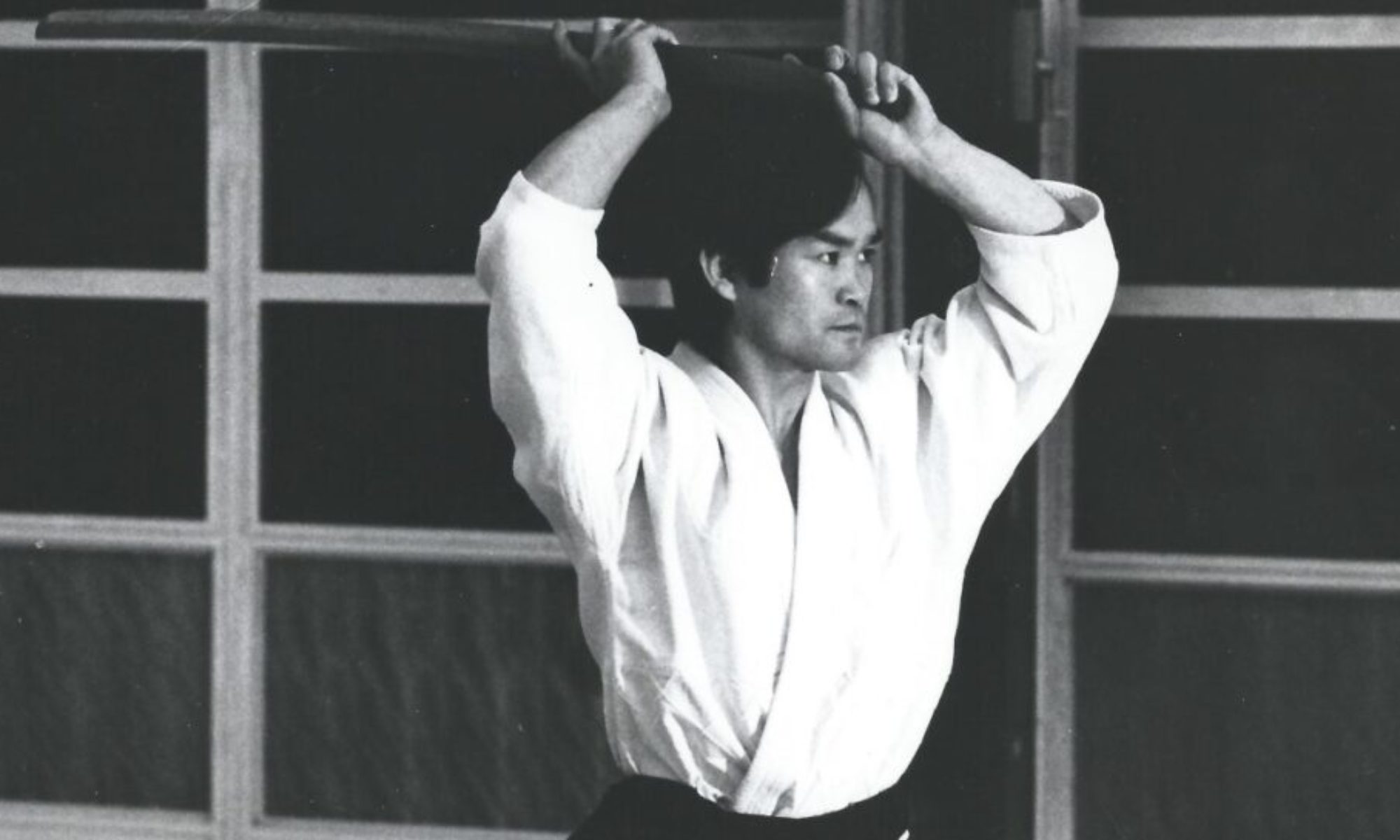By Sean Sheedy, Multnomah Aikikai
In his letter to the dojo after our most recent set of dan promotions, Fleshler Sensei referred to the metaphor of the student as a sword: at shodan a block of metal; at nidan a sharpened piece of steel; and at sandan a polished, integrated weapon. As a new sandan, what does it mean to “be a weapon”?
A dictionary definition is perhaps a place to start. The Oxford English Dictionary defines “weapon” as:
1. A thing designed or used for inflicting bodily harm or physical damage.
2. A means of gaining an advantage or defending oneself in a conflict or contest.
As an aikidoka seeking to reduce conflict rather than increase it, the first meaning seems problematic. Although aikido is certainly capable of resulting in bodily harm to an uke unprepared for absorbing and dissipating the power of the techniques, inflicting bodily harm or damage is not a goal of our art. The second meaning appears more promising, as defending oneself in a conflict by diffusing that conflict is a goal. One thread that is common to both meanings, however, is that of intent: in both definitions a weapon is a means of projecting one’s intent into a situation of conflict.
In this sense a weapon is a specific form of tool. Just as a chisel can be used to project one’s intent onto a piece of wood, thereby transforming that wood, a weapon can be used to project one’s intent into a conflict, thereby transforming that conflict. The type of transformation actually achieved depends on both the intent of the wielder of the tool and his skill level. A piece of wood can be transformed into a beautiful carving with proper intent and skill with a chisel. Conversely, a different intent or the lack of sufficient skill to produce a carving can result in wood chunks only suitable for firewood. Similarly, a conflict can be transformed into peace with both the intent of diffusing the conflict and skill with a weapon. Lacking peaceful intent or sufficient skill can result in more conflict and damage.
One consequence of this observation is that a weapon, like a chisel, has no intrinsic morality. Rather, the morality is derived from the intent of the tool wielder being transmitted through the otherwise inert tool. Seneca the Younger relayed a similar observation some 2000 years ago: “Quemadmodum gladius neminem occidit: occidentis telum est. A sword by itself does not slay; it is merely the weapon used by the slayer.”
Though necessary, proper or moral intent is not sufficient to successfully project one’s will to transform. Skill acquired through study and regular practice is also required or the result can be indistinguishable from that of bad intent. This requirement for a constant refining and honing applies to the tool itself as well as the user of the tool. Chisels and swords must be actually handled to develop the skill of their use, but doing so causes them to nick and dull, and eventually requires them to be sharpened. Even when sitting unused, chisels and swords must be cleaned and oiled or they may rust and not be ready when required. Similarly, even if not engaged in their art, the artisan and warrior must maintain their basic physical and mental conditioning or risk not being ready to apply their tools when required. The tool and the tool user are thus inseparably intertwined: both must continue to develop together in an endless cycle or forfeit the ability to successfully transform their surroundings.
This fundamental inseparability between tool and tool-user is what it means as a martial artist to “be a weapon”. If I, as an aikidoka, am a weapon, I am both the intentional agent and the tool to achieve a transformation from conflict to non-conflict. If I am a weapon, I must consciously and consistently develop my skills, renew my sharpness, and avoid deterioration due to inattention; failure to do so risks producing firewood instead of a carving.
“Nonviolence is a powerful and just weapon which cuts without wounding and ennobles the man who wields it. It is a sword that heals.”
— Martin Luther King, Jr.

